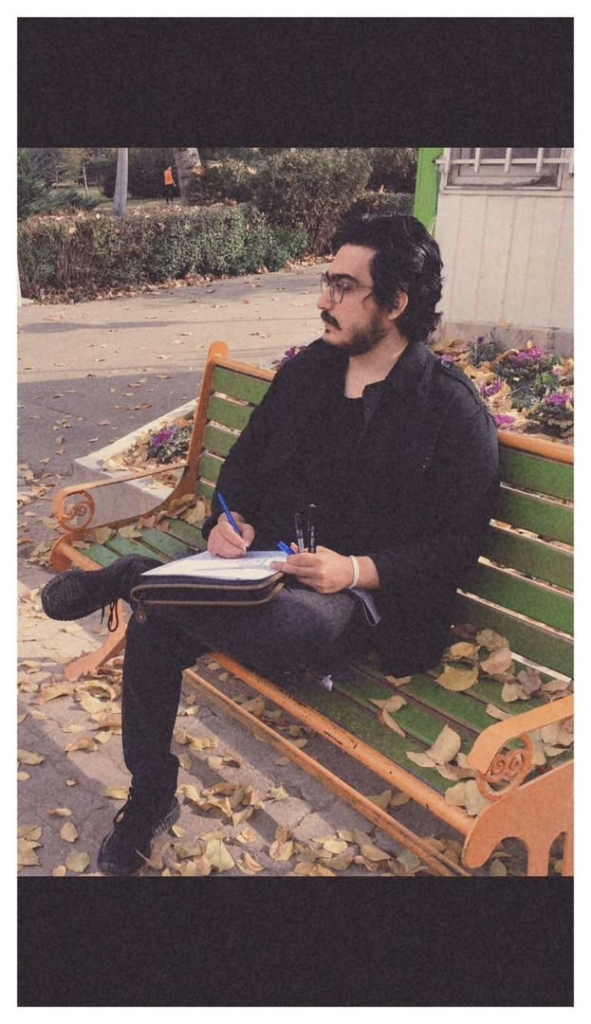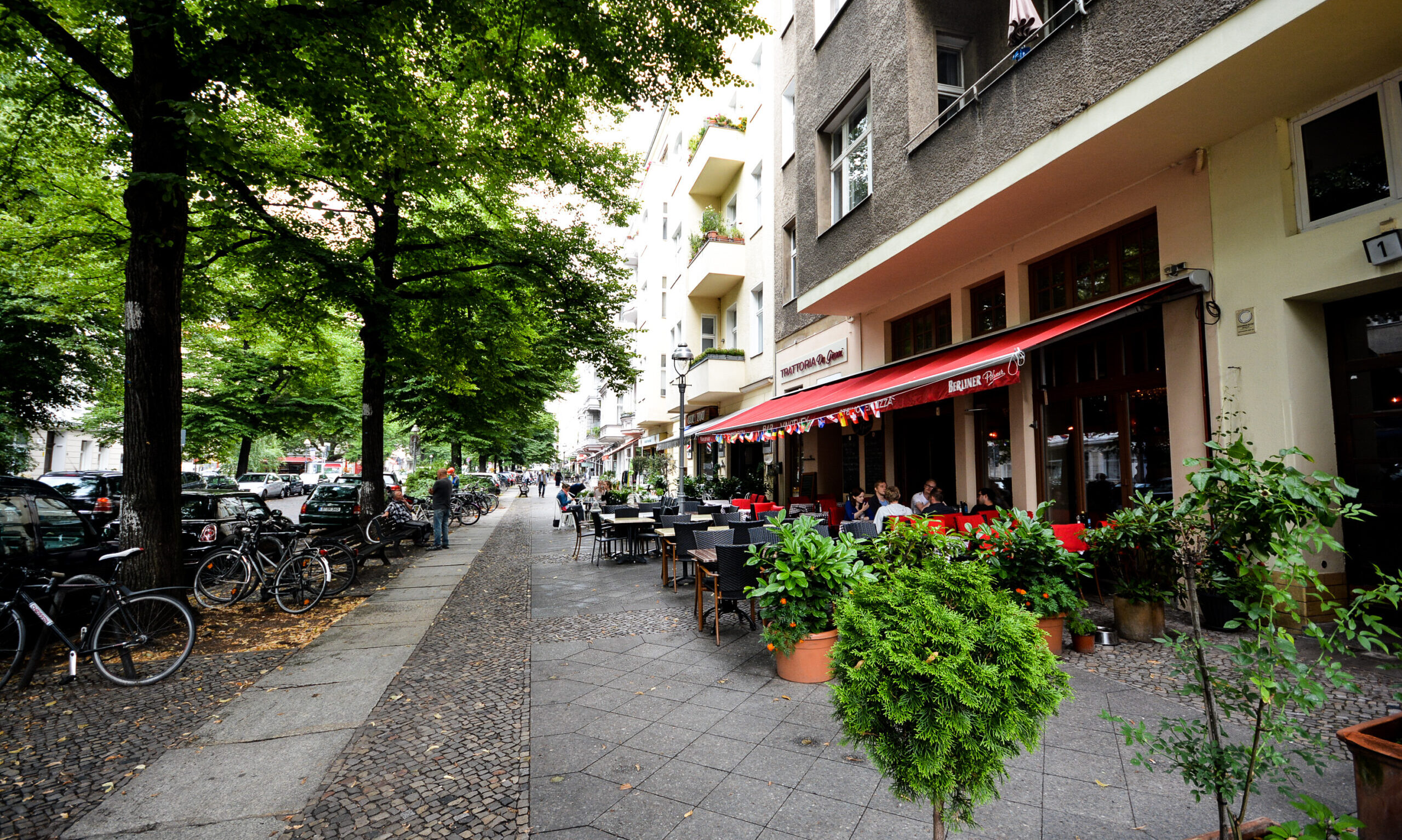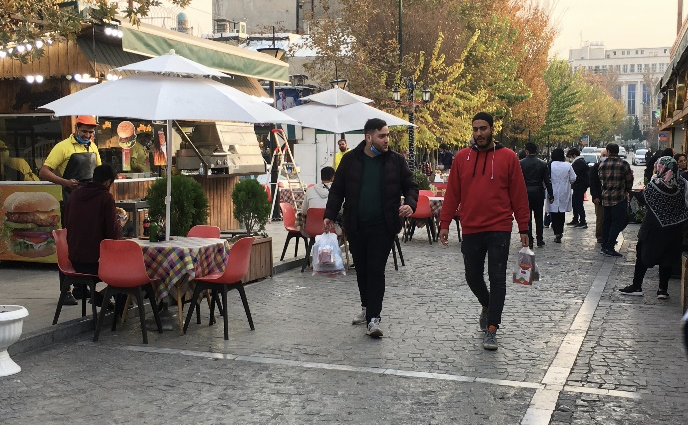By Borhan Seperhi
Master of Urban Design, student at Tarbiat Modares University, Iran
One of the most important questions in the questionnaire was about people’s suggestions for improving urban spaces in Tehran. It is interesting to know that 72% of the respondents suggested ideas that were all in the direction of increasing sidewalks, urban parks, and green roads and in general increasing the dominance of pedestrians in urban spaces.
Borhan Seperhi

Currently, I’m in the final stage of my Master’s thesis. I’m studying the impact of the COVID-19 pandemic on Tehran public spaces and the social life changes. I have already submitted two articles about my research and more to come. The first one is dealing with data information from an online questionnaire about Tehran’s social life changes during the COVID-19 pandemic and it will be published in the upcoming book called: The Future of Architecture and Urbanism in the Post-COVID Age. This book is currently being considered for the Routledge book series, Health and the Built Environment. My second article is about public space quality design development through pandemics during history. It was submitted in FUPS2021 and will be considered for publication soon.

Throughout my research, I have extracted valuable quantitative and qualitative data using a variety of methods. This data was about the amount and type of activities of Tehran citizens within the urban spaces during the Covid-19 pandemic. The online questionnaire was a very effective method that provided an overview of social life in urban spaces during the pandemic period. With the help of this nationwide online questionnaire, the opinions of 430 citizens of Tehran were extracted. We were also able to identify 7 favorite urban spaces of Tehran citizens. These spaces were mostly pedestrian spaces and encouraged citizens to walk during pandemics.

I collected information in the first phase of my research of pedestrianism and people’s opinions during the Tehran pandemic through the online questionnaire. The number of people walking and the dominance of pedestrians over urban spaces are very low in most developing countries as well as in Tehran. However, it seems that the Covid-19 pandemic has been very effective in increasing the walking rate and recognizing the importance of walking in increasing physical and mental health.

(Borhan Seperhi, 2021)
I consider the Covid-19 pandemic as another Renaissance, especially for developing countries. A renaissance that, along with the negative aspects, once again helped people to rethink cities and urban spaces. The COVID-19 renaissance has given us this opportunity to take back our urban spaces from cars and make pedestrianism the first principle of designing our urban spaces.
Borhan Seperhi

(Borhan Seperhi, 2021)
The online questionnaire showed that surprisingly in this period walking was the second priority after using a personal vehicle. The data show that 28% of respondents prefer walking to other modes of transportation (such as buses, subways, taxis, and even bicycles). In Tehran, cars and motorcycles dominate most urban spaces. The fact that people choose to walk, not use public transport, is very important, and the direct impact of the Covid-19 pandemic could be seen. The reason for this choice can be found in several rationales: 1) People are afraid of being exposed to the coronavirus on buses, subways, etc 2) People prefer to travel shorter distances than before the pandemic to meet essential and non-essential needs 3) People are aware of the usefulness of walking as a physical activity against the negative physical and psychological effects of quarantine.

(Borhan Seperhi, 2021)
This research revealed more positive facts about walking and pedestrianization. The online questionnaire revealed that urban parks were used as pedestrian spaces during the pandemic. These spaces have hosted walks and voluntary activities of the people. One of the most important questions in the questionnaire was about people’s suggestions for improving urban spaces in Tehran. It is interesting to know that 72% of the respondents suggested ideas that were all in the direction of increasing sidewalks, urban parks, and green roads and in general increasing the dominance of pedestrians in urban spaces.

(Borhan Seperhi, 2021)
….it seems that the Covid-19 pandemic has been very effective in increasing the walking rate and recognizing the importance of walking in increasing physical and mental health.
Borhan Seperhi

(Borhan Seperhi, 2021).
Such findings help us to have a deep and modern understanding of the pandemic effects of Covid-19 on urban spaces and human superiority over cities. I consider the Covid-19 pandemic as another Renaissance, especially for developing countries. A renaissance that, along with the negative aspects, once again helped people to rethink cities and urban spaces. The COVID-19 renaissance has given us this opportunity to take back our urban spaces from cars and make pedestrianism the first principle of designing our urban spaces.

If the pandemic effects on urban spaces are not greater than the Industrial Revolution and the Renaissance, they are certainly not less. As the experience of my studies has shown, during the Covid-19 pandemic, humans intentionally or unintentionally seek to re-rule urban spaces, and it is the duty of us, the designers and researchers to assist them in this important path.

